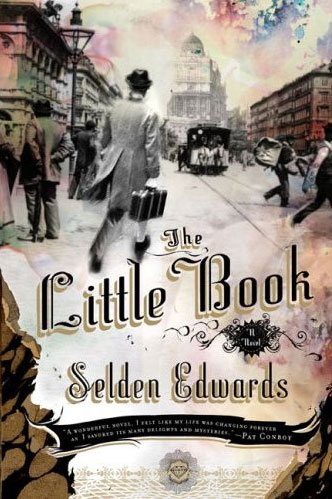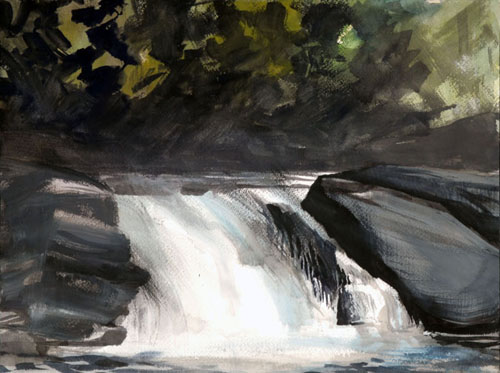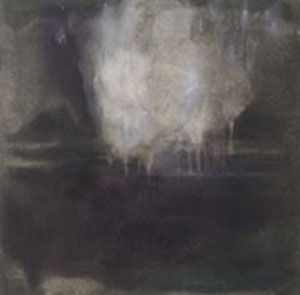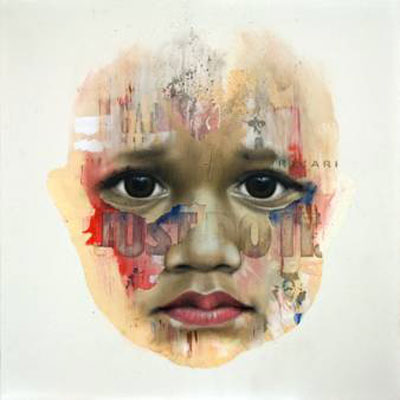
Reviewed by Cindi Di Marzo
“I didn’t understand any of this. All I did was pick up the stone and throw.”
Frank Standish “Wheeler” Burden III, San Francisco, 1988
The first objective for readers of The Little Book is to forget about understanding the “how” of Selden Edwards’s madcap time-travel adventure, which transports former rock ‘n’ roll Woodstock veteran and baseball legend Wheeler Burden from his home in San Francisco in the late 1980s to Vienna a century earlier. As Wheeler’s life in Vienna unfolds, Edwards provides glimpses of other times and places–Paris and London during and between the two world wars–as well as fortuitous meetings with great minds from the past. Not surprisingly, it took Edwards more than 30 years to bring his audacious enterprise to fruition. In an author’s note closing the novel, Edwards states that as he wrote, expanded and refined the manuscript, “real historical events began weaving their way into the plot I was inventing as I went…over time, more and more real-life events began to dominate the background of my story.”
Considering the grand scope of this novel, its title provides an apt note of irony in keeping with the tone of the narrative. There is nothing “little” about the plot, its legendary characters or the startling (but uncannily convincing) revelations of personal history that confront Wheeler at nearly every turn. Because Edwards brought in so much history to paint a vivid portrait of Vienna in 1897, readers will have no trouble suspending disbelief. In fact, most likely they will buy The Little Book hook, line and sinker.
Having experienced fame from early childhood, Wheeler has retired from public life. The Burden legend runs deep, weighing as a heavy “burden” on the boy’s shoulders; his father, Dilly Burden, who died soon after Wheeler’s birth, was a sports idol and pivotal figure in bringing World War II to a close. As “Rouge Gorge,” Dilly worked with the Resistance Movement in France and spied for the Allies. During his prep school years, Dilly broke sports records, graduated at the top of his class and gave a graduation speech that would be quoted each subsequent year. A stiff and stern rule keeper from a prominent New England family, Dilly’s father was among the first Americans to participate in the Olympic Games.
The women in their lives offer Dilly and Wheeler relief from traditional expectations, an exacting lineage and adoring public. In markedly different but complementary ways, Dilly’s mother, “Weezie,” and wife, Flora, encourage his impulsive, liberty-loving side, as they do with Wheeler as he matures. Another critical influence for father and son is Arnauld Esterhazy, known to the boys who attend St. Gregory’s School in Boston as “the Haze.” A transplant from Vienna, Esterhazy began teaching at St. Greg’s before World War I. He returned to Vienna to participated in the war and fared poorly, then returned to St. Greg’s and became a monumental figure to those in his classes. When young Wheeler travels east from his home in California to attend the school at Weezie’s request, Esterhazy has his work cut out for him. Intentionally, Flora has raised the boy without the constraints that, she feels, crippled her husband, Dilly, and led to his death in the name of duty and honor.
Friend and mentor, Esterhazy’s most important contribution to the Burdens’s education (and to Edwards’s plot) was his lengthy and enlivening discussions of Viennese life and culture when the city was a crucible for the modern movement in art, music, literature and philosophy. Vienna circa 1897 was the home of the Jung Wien, or Young Vienna, the sons of middle-class industrialists and bankers who worked hard, made fortunes and funded the building of the Ringstrasse during a 40-year burgeoning of creative and intellectual life. Not interested in business and drawn to cafe society, they preferred days filled with discussions of aesthetics and philosophical principals and nights spent sampling the best high-brow entertainment that Europe had to offer.
Some of the characters that Wheeler meets in Vienna are based on real people, while others come directly from a roll call of the most famous men of the modern age: Sigmund Freud, Gustav Mahler and Samuel Clemmens, now known to the world as Mark Twain. In his author’s note, Edwards explains that the character of Egon Wickstein is based in part on philosopher Ludwig Wittgenstein. Admirers and scholars of fin de siècle Vienna will delight in Edwards’s deft weavings of Mahler’s music, Secessionist paintings, Freudian philosophy and volatile political realities into the narrative.
Even more astounding than his encounters with Freud and a young Adolf Hitler, Wheeler meets Dilly, transported in time, and Weezie, legitimately there in her own age. But Edwards’s command of his material is complete. Few readers will trip on the “how” because the “why” is so intriguing. As Dilly and Wheeler discover truths behind the Burden legend, everything they’ve known and believed to be true about the world, their families and themselves is questioned. Weezie’s epiphanies are even more telling of Freud’s theories; her experience in Vienna frees her for a future in which she becomes a catalyst for major events in Mahler’s, Freud’s and Esterhazy’s careers. Of the many reasons to devour Edwards’s tour de force, Weezie’s story stands out. Like her creator, Weezie realized a grand vision over many decades, quietly, behind the scenes. As she pulled the strings, a master plan emerged and the pieces perfectly fell into place.




















